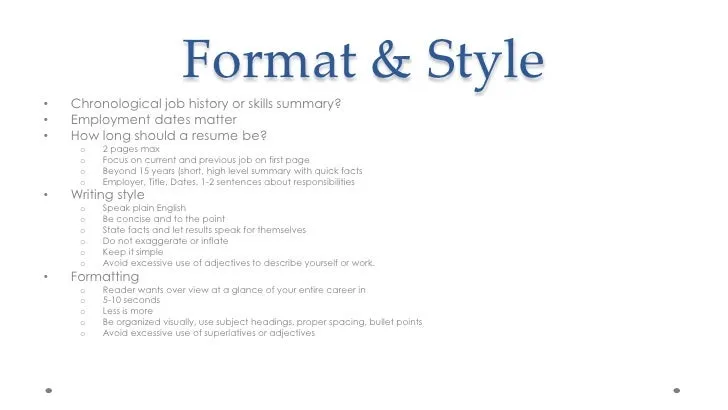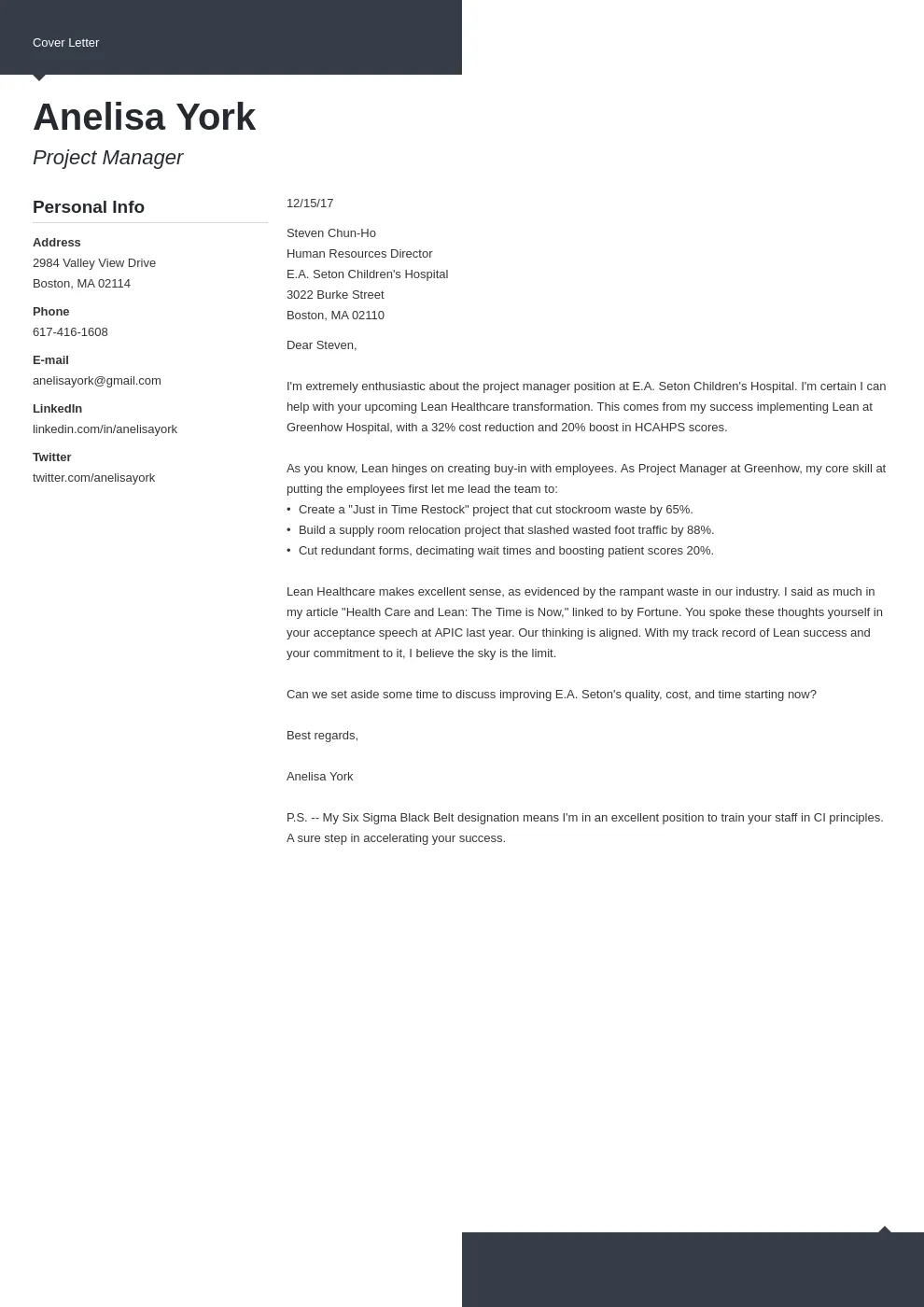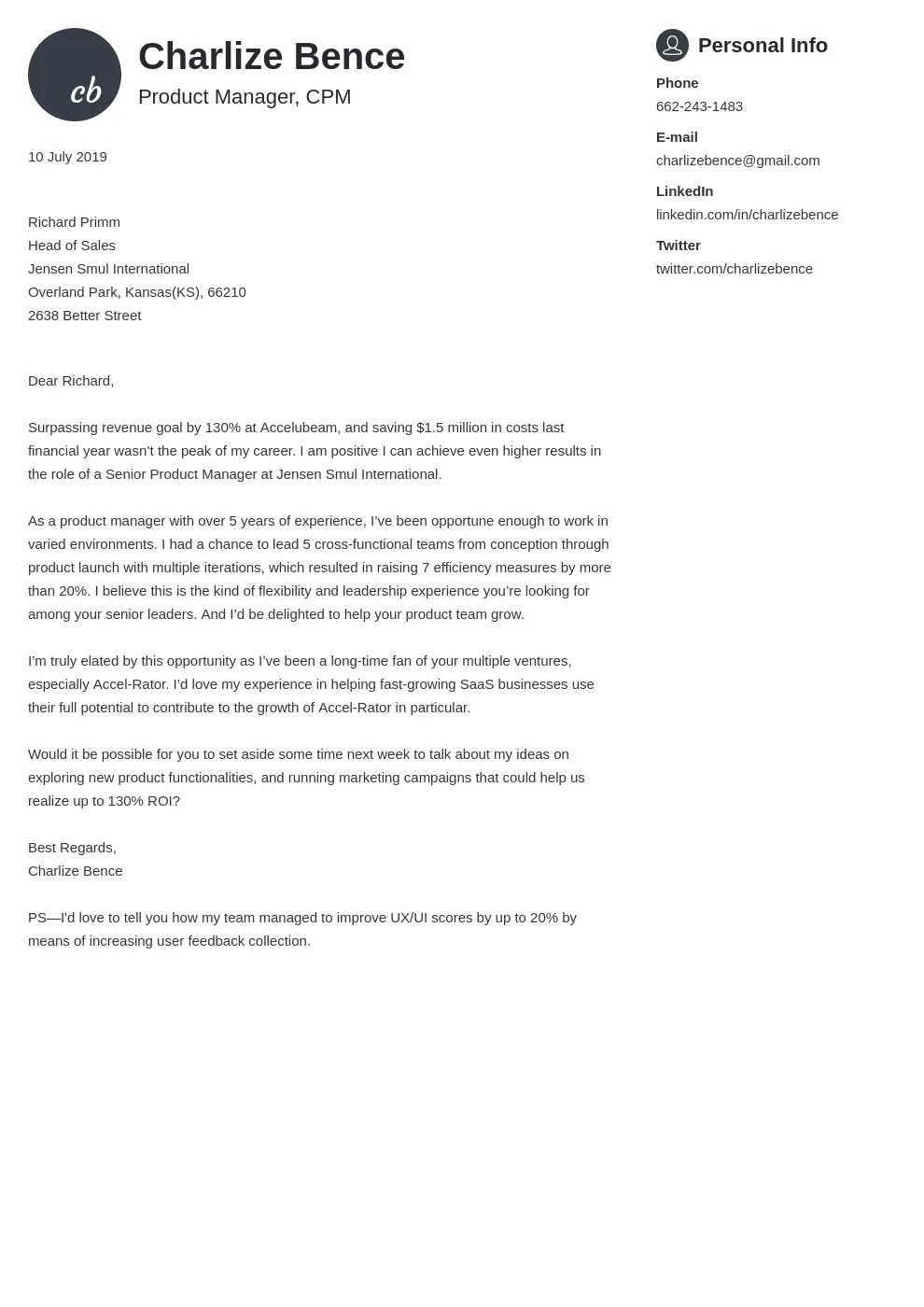What is the Ideal Cover Letter Length?
In the competitive job market, every detail matters. One of the most frequently asked questions among job seekers pertains to the ideal length of a cover letter. The answer, in short, is that brevity is key. The perfect cover letter should be concise, compelling, and focused. It’s a tool to introduce yourself and entice the hiring manager to review your resume. Aim for a letter that’s long enough to convey your value, but short enough to hold their attention. Keep in mind that the goal isn’t to reiterate your resume; instead, you must highlight your unique qualifications and why you are the perfect fit for the position. The objective is to make a strong first impression, not to overwhelm the reader with unnecessary details.
Cover Letter Length: The One-Page Rule
The most widely accepted guideline is the one-page rule. Most hiring managers and recruiters prefer cover letters that can be read quickly and efficiently. Limiting your cover letter to a single page demonstrates respect for the reader’s time and ensures your most important points are conveyed. This doesn’t mean squeezing every last detail onto the page; white space is critical for readability. Focus on quality over quantity, selecting only the most pertinent information that supports your application. A well-crafted, one-page cover letter demonstrates your ability to communicate effectively and succinctly, a skill highly valued in the professional world. By sticking to a single page, you make it easier for the hiring manager to focus on your qualifications and personality, thereby increasing your chances of getting an interview.
Why One Page Matters for Your Cover Letter

A one-page cover letter is not just a stylistic choice; it’s a strategic one. Recruiters and hiring managers are often inundated with applications, and their time is precious. A shorter cover letter shows that you respect their time and that you understand the importance of getting straight to the point. This format forces you to be more selective with the information you include, prioritizing the most relevant skills and experiences that align with the job description. It also keeps the reader engaged, as they are less likely to lose interest. A concise cover letter, formatted with clear paragraphs and appropriate white space, is easier to scan, allowing the reader to quickly grasp your value proposition. It is a signal that you have excellent communication skills and the ability to focus on what matters, which is a key advantage in a competitive job market.
Cover Letter Length: Formatting and Readability
Formatting plays a crucial role in making your cover letter readable and visually appealing. Even if you adhere to the one-page rule, a poorly formatted cover letter can still be off-putting. Use a professional font, such as Times New Roman, Arial, or Calibri, with a font size between 10 and 12 points. These fonts are standard and easy to read. Employ proper spacing; ensure your paragraphs are separated by a line break and use ample white space to avoid a cramped appearance. Use bullet points or short, concise sentences to break up large blocks of text, making it easier for the reader to quickly scan and identify key information. Ensure that your margins are consistent (typically 1 inch on all sides). Finally, always proofread your cover letter for typos, grammatical errors, and formatting inconsistencies before submitting. This attention to detail demonstrates your professionalism and commitment to quality.
Cover Letter Length: Avoiding Common Mistakes
Certain mistakes can significantly impact your cover letter. Avoid these common pitfalls to ensure your letter leaves a positive impression. Be mindful of the length of your letter, the information you choose to include, and how you tailor it to each specific job application. Focusing on these elements will help you create a polished, professional document that showcases your skills and experiences effectively.
Mistake 1: Writing Too Much Detail

One of the most common mistakes is including excessive detail. This includes rehashing everything on your resume, which defeats the purpose of a cover letter. Your cover letter should complement your resume, not duplicate it. Focus on highlighting key skills, experiences, and accomplishments that directly relate to the job description. The hiring manager already has your resume; your cover letter should provide context and explain why you are a unique fit for the role. By keeping your letter concise, you keep the reader engaged and ensure they focus on what matters most: your qualifications and enthusiasm for the position.
Mistake 2: Including Irrelevant Information
Another mistake is including information that is not relevant to the specific job. Every cover letter should be tailored to the specific position and company you are applying for. Generic cover letters that don’t demonstrate a clear understanding of the role and the organization are unlikely to impress hiring managers. Before writing your cover letter, carefully review the job description and identify the key skills, qualifications, and requirements. Then, focus on demonstrating how your experience aligns with these requirements. Avoid including personal anecdotes or details that are not relevant to the job. Your goal is to make a strong case for your candidacy, showcasing that you are the perfect match for the role.
Mistake 3: Being Too Generic
Generic cover letters often lack the impact needed to stand out. A generic letter does not show your personality or your understanding of the company. Always address the hiring manager by name whenever possible, and research the company to demonstrate genuine interest. Show enthusiasm for the specific role and explain why you’re interested in the organization. Tailor your cover letter to highlight your specific skills and experiences, explaining how they align with the job requirements. The more personalized your cover letter is, the more likely it is to resonate with the hiring manager. Your aim is to create a document that is unique and compelling, and one that reflects your genuine interest in the role.
Cover Letter Length: Tailoring to the Job and Industry

While the one-page rule is a generally accepted standard, it’s essential to tailor your approach based on the job and industry. For some roles, especially in fields where extensive writing is a key component (such as journalism or grant writing), a slightly longer cover letter might be acceptable if it’s necessary to showcase your skills. If a job description specifically requests certain information or prompts a longer response, it is acceptable to adjust the length. However, even in these cases, keep the letter as concise as possible, focusing on quality and relevance. The key is to understand the expectations of the specific role and industry and to ensure that your cover letter effectively conveys your value to the hiring manager.
Cover Letter Length: When a Longer Letter is Acceptable
There are a few situations where a slightly longer cover letter might be acceptable. If you are making a significant career change, you might need a bit more space to explain the rationale behind your transition and how your skills are transferable. Similarly, if you have extensive experience and a wealth of accomplishments relevant to the job, you might need a slightly longer letter to effectively showcase your value. However, even in these instances, focus on being concise and prioritizing your most compelling qualifications. Always prioritize clarity and relevance over length, and make sure every sentence contributes to your overall message.
Cover Letter Length: Final Thoughts
The length of your cover letter is a crucial detail, but it’s just one piece of the puzzle. The best cover letters are concise, well-written, and tailored to the specific job. They clearly articulate your value and demonstrate your understanding of the role. By following the guidelines provided, avoiding common mistakes, and tailoring your approach to each job, you can create a cover letter that effectively showcases your skills and increases your chances of landing an interview. Remember, your cover letter is your chance to make a strong first impression, so make sure it counts. Always proofread your cover letter and ask a friend or mentor to review it before submitting. Good luck with your job search!
